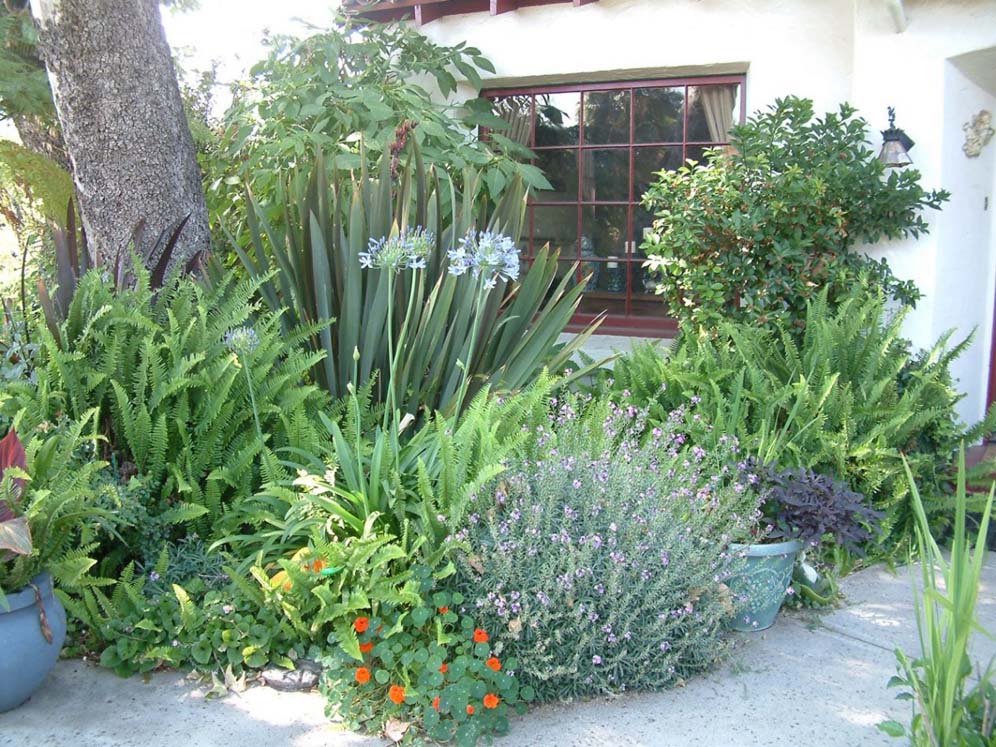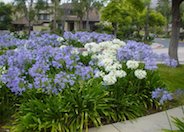
Common name:Lily of the Nile hybrids
Botanical name:Agapanthus hybrids
This evergreen groundcover/shrub will grow about 3' tall and has large green leaves with blue flowers (there is a white variety and dwarf varieties) that bloom in spring and summer. It will grow in all soils but prefers loam soil.
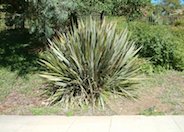
Common name:New Zealand Flax
Botanical name:Phormium tenax
New Zealand Flax is a large, bold plant with stiffly vertical, sword-like, green leaves that arise from its base. It should be grown under full sun for best color. Varieties will offer different growth habits and leaf color.
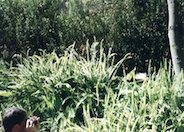
Common name:Southern Sword Fern
Botanical name:Nephrolepis cordifolia
Nephrolepis cordifolia is tough and easy to grow. This fern has bright green, narrow, upright fronds in tufts to 2'-3' tall. Fronds have closely spaced, finely toothed leaflets.
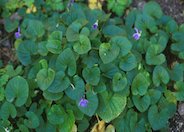
Common name:Sweet Violet, English Violet
Botanical name:Viola odorata
This plant is a partial shade loving, woodland, herbaceous perennial. Flowers can be candied.
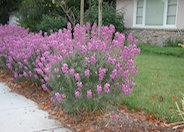
Common name:Bowles Mauve Wallflower
Botanical name:Erysimum 'Bowles Mauve'
This shrubby evergreen perennial reaches a size of 3' tall and 6' wide with narrow, dark foliage and a dense habit. Its flowers always emerge as mauve purple, and are produced on 4' tall stalks. It blooms throughout warm months but can bloom continuously in mild climates. It should receive sun to part shade, with little or no summer watering. It is hardy to frost.
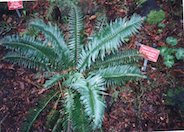
Common name:Western Sword Fern, Alaska Fern
Botanical name:Polystichum munitum
This Fern produces upright fronds, reaching 4'-5' tall in moist, cool forests in Northern California. This size is usually lower, especially without summer watering. It is great in containers or dry shade landscapes. This species is especially useful to give the illusion of lush, moist gardens where little water is actually being used. It should receive part shade to dense shade. -Monterey Bay Nursery
| Designer: | Gimme Attention |
Photographer: GardenSoft |
Soils and Compost:
Incorporate compost 6" into your soil to retain water, reduce compaction, feed earthworms, and provide valuable nutrients to your plants.
Integrated Pest Management:
Develop healthy soil for plants that are vigorous and naturally pest-resistant.
